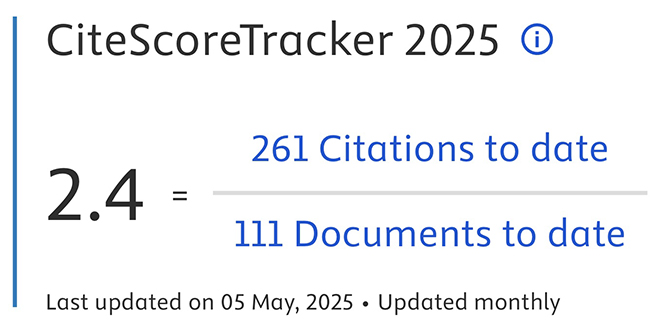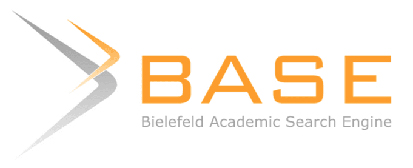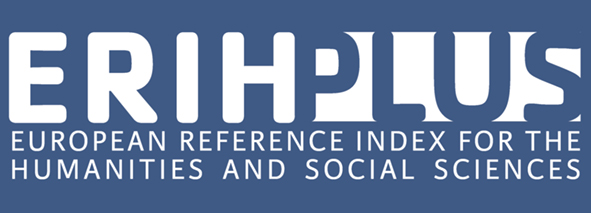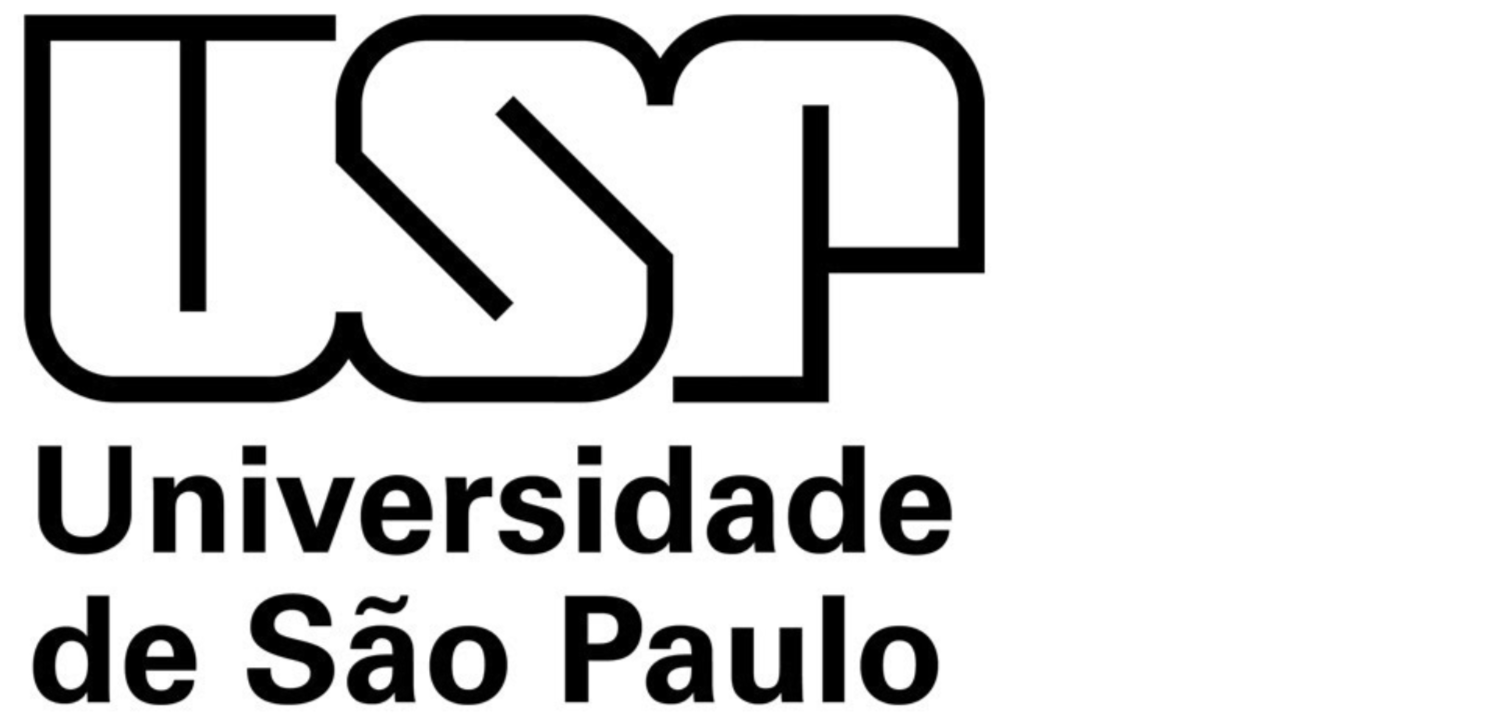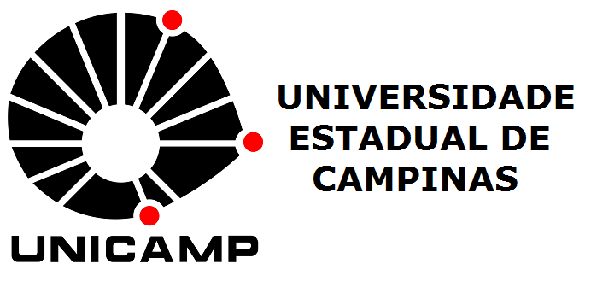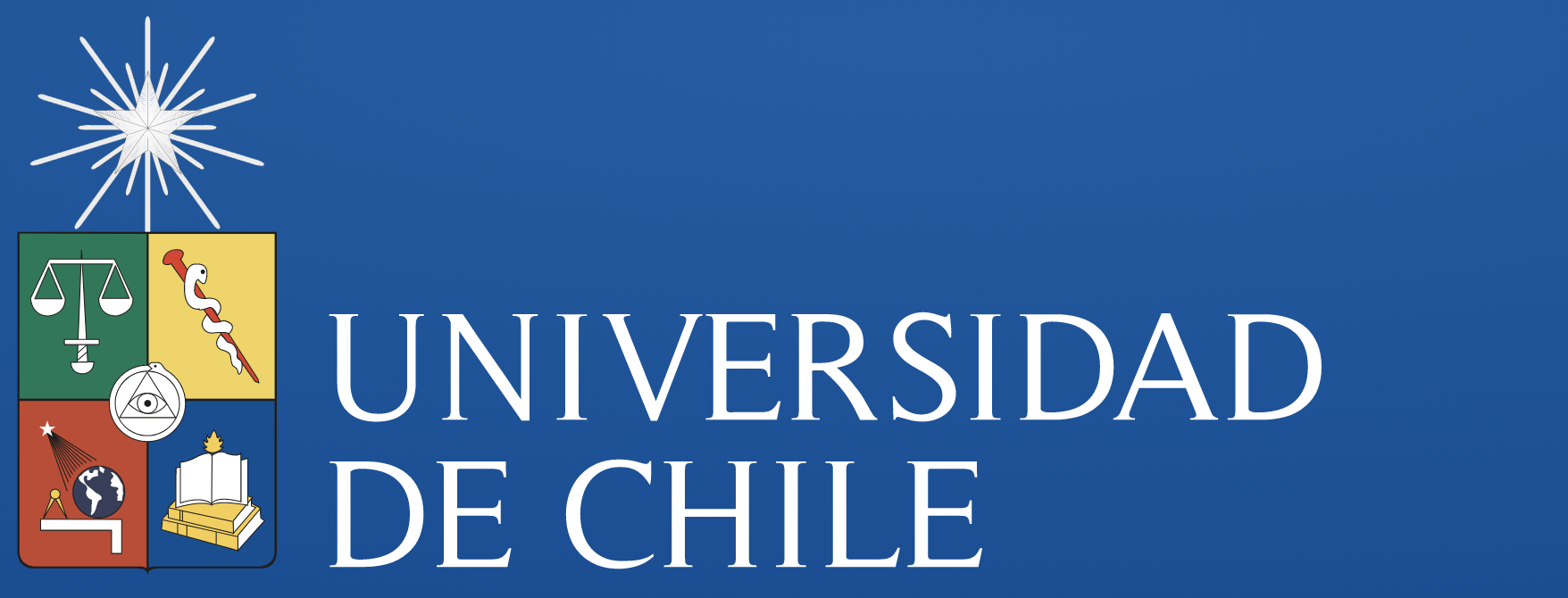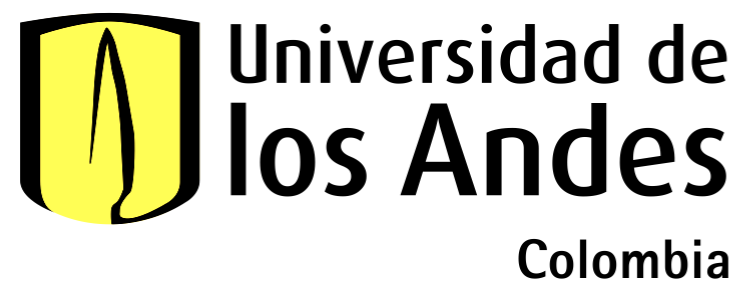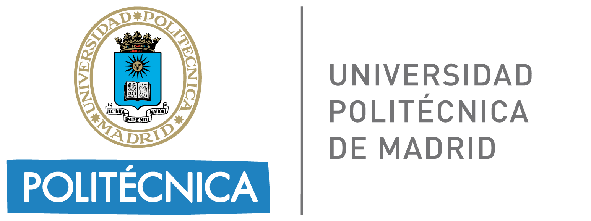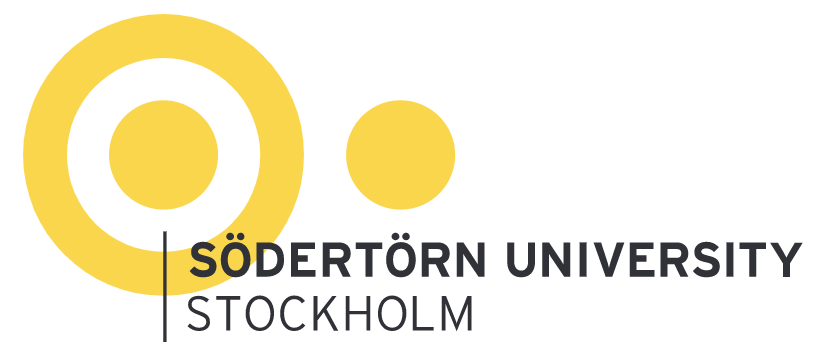The role of corporate archives in the era of blockchain and AI
DOI:
https://doi.org/10.69143/2464-9309/17242025Keywords:
blockchain, artificial intelligence, digital archives, education, accessibilityAbstract
In the context of the digital transition, this contribution analyses the increasingly central role of corporate archives as custodians of collective memory. In this scenario, the application of AI proves to be a promising tool for facilitating the analysis and automatic indexing of documents, overcoming traditional physical barriers and making archival holdings easier to consult; at the same time, blockchain technology offers guarantees regarding source integrity and authenticity. Through the examination of three case studies, the collaboration between Museimpresa and Google Arts & Culture and the experiences of Italgas and Riva, the article aims to assess how these technologies are transforming the way corporate archives are accessed and used, opening new perspectives for education, research, and innovation, in line with Sustainable Development Goal no. 4 of the 2030 Agenda. The article also highlights the need for an ethical approach to using AI and the environmental impact generated by blockchain. The contribution is addressed to companies, researchers, and designers to promote a more conscious use of digital technologies applied to archival heritage.
Article info
Received: 14/03/2025; Revised: 28/04/2025; Accepted: 02/05/2025
Downloads
Article Metrics Graph
References
Arrieta, A. B., Rodríguez, N. D., Ser, J. D., Bennetot, A., Tabik, S., Barbado, A., García, S., Gil-Lopez, S., Molina, D., Benjamins, R., Chatila, R. and Herrera, F. (2019), “Explainable Artificial Intelligence (XAI) – Concepts, Taxonomies, Opportunities and Challenges toward Responsible AI”, in Information Fusion, vol. 58, pp. 82-115. [Online] Available at: doi.org/10.48550/arXiv.1910.10045 [Accessed 20 April 2025].
Balmer, J. M. T. (2011), “Corporate heritage identities, corporate heritage brands and the multiple heritage identities of the British Monarchy”, in European Journal of Marketing, vol. 45, issues 9-10, pp. 1380-1398. [Online] Available at: doi.org/10.1108/03090561111151817 [Accessed 20 April 2025].
Barbero, S. and Ferrulli E. (2023), “Transizione ecologica e digitale – Il Design Sistemico nei processi di innovazione aperta delle PMI | Ecological and digital transition – Systemic Design in SMEs open innovation processes”, in Agathón | International Journal of Architecture, Art and Design, vol. 13, pp. 269-280. [Online] Available at: doi.org/10.19229/2464-9309/13232023 [Accessed 20 April 2025].
Bhargavan, K., Delignat-Lavaud, A., Fournet, C., Gollamudi, A., Gonthier, G., Kobeissi, N., Kulatova, N., Rastogi, A., Sibut-Pinote, T., Swamy, N. and Zanella-Béguelin, S. (2016), “Formal verification of smart contracts – Short paper”, in Murray, T. and Stefan, D. (eds), PLAS ‘16 | Proceedings of the 2016 ACM Workshop on Programming Languages and Analysis for Security – CCS’16 – 2016 ACM SIGSAC – Conference on Computer and Communications Security, Wien, Austria, October 24, 2016, Association for Computing Machinery, New York (NY), pp. 91-96. [Online] Available at: doi.org/10.1145/2993600.2993611 [Accessed 20 April 2025].
Bilotto, A. and Perondi, G. (2008), “Archivi d’impresa e documenti informatici”, in DigItalia | Rivista del digitale nei Beni Culturali, vol. 3, issue 1, pp. 90-97. [Online] Available at: digitalia.cultura.gov.it/article/view/445 [Accessed 20 April 2025].
Bonfiglio-Dosio, G., Lussana, C. and Nardi, L. (2020), Archivi d’impresa – Archivisti, storici, heritage manager di fronte al cambiamento, Edizioni ANAI, Roma.
Cameron, S., Franks, P. and Hamidzadeh, B. (2023), “Positioning paradata – A conceptual frame for AI processual documentation in archives and recordkeeping contexts”, in ACM | Journal on Computing and Cultural Heritage, vol. 16, issue 4, article 75, pp. 1-19. [Online] Available at: doi.org/10.1145/3594728 [Accessed 20 April 2025].
Celaschi, F., Casoni, G. and Formia, E. (2024) “La mediazione del Design – L’integrazione tra agenti artificiali autonomi, produzione manifatturiera e servizi | The mediation of Design – The integration between autonomous artificial agents, manufacturing production, and services”, in Agathón | International Journal of Architecture, Art and Design, vol. 16, pp. 334-343. [Online] Available at: doi.org/10.19229/2464-9309/16282024 [Accessed 20 April 2025].
Ciandrini, P. (2021), Archivi d’impresa – Gestione documentale e valorizzazione – Il contesto digitale, Editrice Bibliografica, Milano.
Colavizza, G., Blanke, T., Jeurgens, C. and Noordegraaf, J. (2021), “Archives and AI – An Overview of Current Debates and Future Perspectives”, in ACM | Journal on Computing and Cultural Heritage, vol. 15, issue 1, article 4, pp. 1-15. [Online] Available at: doi.org/10.1145/3479010 [Accessed 20 April 2025].
Corea, F., Ferrauto, C. G., Fossa, F., Loreggia, A., Quintarelli, S. and Sapienza, S. (2020), Intelligenza artificiale – Cos’è davvero, come funziona, che effetti avrà, Bollati Boringhieri, Torino.
Davet, J., Hamidzadeh, B. and Franks, P. (2023), “Archivist in the machine – Paradata for AI-based automation in the archives”, in Archival Science, vol. 23, pp. 275-295. [Online] Available at: doi.org/10.1007/s10502-023-09408-8 [Accessed 20 April 2025].
Deirmentzoglou, E., Papakyriakopoulos, G. and Patsakis, C. (2019), “A Survey on Long-Range Attacks for Proof of Stake Protocols”, in IEEE Access, vol. 7, pp. 28712-28725. [Online] Available at: doi.org/10.1109/ACCESS.2019.2901858 [Accessed 20 April 2025].
Del Vacchio, E. and Bifulco, F. (2022), “Blockchain in Cultural Heritage – Insights from Literature Review”, in Sustainability, vol. 14, issue 4, article 2324, pp. 1-13. [Online] Available at: doi.org/10.3390/su14042324 [Accessed 20 April 2025].
Department of Defense – United States of America (2007), Electronic records management software applications design criteria standard – April 25, 2007, DoD 5015.2-STD. [Online] Available at: energy.gov/sites/prod/files/cioprod/documents/DOD5015.2Standard.pdf?utm.com [Accessed 20 April 2025].
Dewey, J. (1916), Democracy and Education – An introduction to the philosophy of education, Macmillan, London (UK).
European Commission (2008), MoReq2 specification, model requirements for the management of electronic records – Update and extension. [Online] Available at: data.europa.eu/doi/10.2792/11981 [Accessed 20 April 2025].
European Parliament and Council (2009), IDABC Programme (2005-2009). [Online] Available at: eur-lex.europa.eu/legal-content/EN/TXT/?uri=legissum:l24147bhtml [Accessed 20 April 2025].
European Parliament and Council (2005), Electronic Interchange of Data between Administrations – IDA Programme. [Online] Available at: heur-lex.europa.eu/EN/legal-content/summary/electronic-interchange-of-data-between-administrations-ida-programme.html?fromSummary=31 [Accessed 20 April 2025].
Gaitán, M., Alba, E., Giner, X. and Navarro, M. (2023), “Design Archives – Sustainable Solutions for Young Designers in Valencia, Spain”, in Sustainability, vol. 15, issue 6, article 4946, pp. 1-27. [Online] Available at: doi.org/10.3390/su15064946 [Accessed 20 April 2025].
Garofano, A., Riviezzo, A. and Napolitano, M. R. (2020), “Una storia, tanti modi di raccontarla – Una nuova proposta di definizione dell’heritage marketing mix | One story, so many ways to narrate it – A new proposal for the definition of the heritage marketing mix”, in Capitale Culturale | Studies on the Value of Cultural Heritage, vol. 10, pp. 125-146. [Online] Available at: doi.org/10.13138/2039-2362/2460 [Accessed 20 April 2025].
Germak, C. (ed.) (2008), Uomo al centro del progetto – Design per un nuovo Umanesimo | Man at the centre of the project – Design for a new Humanism, vol. 1, Umberto Allemandi & C., Torino.
Gervais, A., Karame, G. O., Capkun, V. and Capkun, S. (2014), “Is Bitcoin a Decentralized Currency?”, in IEEE | Security & Privacy, vol. 12, issue 3, pp. 54-60. [Online] Available at: doi.org/10.1109/MSP.2014.49 [Accessed 20 April 2025].
Goretti, G., Tufarelli, M. and Xiaobo, Q. (2022), “L’archivio digitale per i processi di alto artigianato – Ricerche a confronto in Italia e Cina | Digital archive for high-end craftsmanship processes – Comparing research paths in Italy and China”, in Agathón | International Journal of Architecture, Art and Design, vol. 12, pp. 262-269. [Online] Available at: doi.org/10.19229/2464-9309/12232022 [Accessed 20 April 2025].
Guercio, M. (2019), Archivistica informatica – I documenti in ambiente digitale, Carocci Editore, Roma.
Hughes, L., Dwivedi, Y. K., Misra, S. K., Rana, N. P., Raghavan, V. and Akella, V. (2019), “Blockchain research, practice and policy – Applications, benefits, limitations, emerging research themes and research agenda”, in International Journal of Information Management, vol. 49, pp. 114-129. [Online] Available at: doi.org/10.1016/j.ijinfomgt.2019.02.005 [Accessed 20 April 2025].
Kalendzhian, S. (2020), “3 – How Technology is Changing the Nature of Work and Altering the Practice of Law”, in De Souza, S. P. and Spohr, M. (eds), Technology, Innovation and Access to Justice – Dialogues on the Future of Law, Edinburgh University Press, Edinburgh (UK), pp. 32-53. [Online] Available at: doi.org/10.1515/9781474473880-009 [Accessed 20 April 2025].
Kenga, M., Cummings, S. and Boyes, B. (2024), “Libraries and archives for successful Sustainable Development Goals (SDGs)”, in RealKM, vol. 9, issue 1, pp. 1-5. [Online] Available at: realkm.com/wp-content/uploads/2024/03/KM4Dev-RealKM-K4DP-Libraries-and-Archives-for-Successful-SDGs.pdf [Accessed 20 April 2025].
Kshetri, N. (2017a), “Blockchain’s roles in strengthening cybersecurity and protecting privacy”, in Telecommunications Policy, vol. 41, issue 10, pp. 1027-1038. [Online] Available at: doi.org/10.1016/j.telpol.2017.09.003 [Accessed 20 April 2025].
Kshetri, N. (2017b), “Can blockchain strengthen the internet of things?”, in IT Professional, vol. 19, issue 4, pp. 68-72. [Online] Available at: doi.org/10.1109/MITP.2017.3051335 [Accessed 20 April 2025]
Lantz, L. and Cawrey, D. (2020), Mastering blockchain – Unlocking the power of cryptocurrencies, smart contracts, and decentralised applications, O’Reilly Media, Sebastopol.
Maupin, J. (2017), Policy Brief No. 101 – March 2017 – Blockchains and the G20 – Building an inclusive, transparent and accountable digital economy. [Online] Available at: cigionline.org/static/documents/documents/PB%20no.101.pdf [Accessed 20 April 2025].
Messina, A. (2020), “Intelligenza artificiale e archivi radiotelevisivi – Opportunità e sfide”, in Elettronica e telecomunicazioni, vol. 1, pp. 73-82. [Online] Available at: crit.rai.it/eletel/2020-1/201-5.pdf [Accessed 20 April 2025].
Meyer, M. W. and Norman, D. (2020), “Changing design education for the 21st century”, in She Ji | The Journal of Design, Economics, and Innovation, vol. 6, issue 1, pp. 13-49. [Online] Available at: doi.org/10.1016/j.sheji.2019.12.002 [Accessed 20 April 2025].
MiC – Ministero della Cultura (2022), Piano Nazionale di Digitalizzazione del Patrimonio Culturale 2022-2023 – Versione n.1.0 – Giugno 2022. [Online] Available at: docs.italia.it/italia/icdp/icdp-pnd-docs/it/v1.0-giugno-2022/index.html [Accessed 20 April 2025].
Næss, H. E. (2005), “Archivi d’impresa – L’esperienza europea”, in Culture e Impresa, vol. 2, pp. 1-6. [Online] Available at: cultureimpresa.it/02-2005/italian/pdf/atti04.pdf [Accessed 20 April 2025].
Naiman, J. P., Cosillo, M. G., Williams, P. K. G. and Goodman, A. (2023), “Large synthetic data from the arXiv for OCR post correction of historic scientific articles”, in Computer Science, pp. 1-10. [Online] Available at: doi.org/10.48550/arXiv.2309.11549 [Accessed 20 April 2025].
Riccini, R. (2018), “Territori – Per una (nuova) pragmatica del design”, in Parente, M. and Sedini, C. (eds), D4T – Design per i territori – Approcci, metodi, esperienze, ListLab, Trento, pp. 28-32.
Sevaldson, B. and Jones, P. H. (2019), “An interdiscipline emerges – Pathways to systemic design”, in She Ji | The Journal of Design, Economics, and Innovation, vol. 5, issue 2, pp. 75-84. [Online] Available at: doi.org/10.1016/j.sheji.2019.05.002 [Accessed 20 April 2025].
Spina, S. (2020), Archivi nell’era delle Digital Humanities, dei Big Data e della Genetica, Algra Editore, Catania.
Tapscott, D. and Tapscott, A., (2016), Blockchain revolution – How the technology behind bitcoin is changing money, business, and the world, Portfolio – Penguin, New York (NY).
UN – United Nations (2015), Transforming our world – The 2030 Agenda for Sustainable Development, document A/RES/70/1. [Online] Available at: sustainabledevelopment.un.org/index.php?page=viewandtype=111andnr=8496andmenu=35 [Accessed 20 April 2025].
Urde, M., Greyser, S. A. and Balmer, J. M. T. (2007), “Corporate brands with a heritage”, in Journal of Brand Management, vol. 15, issue 1, pp. 4-19. [Online] Available at: doi.org/10.1057/palgrave.bm.2550106 [Accessed 20 April 2025].
Whitaker, A. (2019), “Art and Blockchain – A Primer, History, and Taxonomy of Blockchain Use Cases in the Arts”, in Artivate | A Journal of Entrepreneurship in the Arts, vol. 8, issue 2, pp. 21-46. [Online] Available at: doi.org/10.34053/artivate.8.2.2 [Accessed 20 April 2025.
Zannoni, M., Succini, L., Rosato, L. and Pasini, V. (2024), “Transitional industrial designer – La responsabilità di progettisti e imprese per una transizione sostenibile | Transitional industrial designer – The responsibility of designers and companies for a sustainable transition”, in Agathón | International Journal of Architecture, Art and Design, vol. 15, pp. 332-343. [Online] Available at: doi.org/10.19229/2464-9309/15282024 [Accessed 20 April 2025].
Zyskind, G., Nathan, O. and Pentland, A. S. (2015), “Decentralising privacy – Using blockchain to protect personal data”, in IEEE | Security and Privacy Workshops (SPW), San Josè, CA, USA, May 21-22, 2015, IEEE Press, Piscataway, New Jersey, pp. 180-184. [Online] Available at: doi.org/10.1109/SPW.2015.27 [Accessed 20 April 2025].

Downloads
Published
How to Cite
Issue
Section
Categories
License
Copyright (c) 2025 Pier Paolo Peruccio, Martina Liboni, Francesca Mucchetti

This work is licensed under a Creative Commons Attribution 4.0 International License.
This Journal is published under Creative Commons Attribution Licence 4.0 (CC-BY).
License scheme | Legal code
This License allows anyone to:
Share: copy and redistribute the material in any medium or format.
Adapt: remix, transform, and build upon the material for any purpose, even commercially.
Under the following terms
Attribution: Users must give appropriate credit, provide a link to the license, and indicate if changes were made; users may do so in any reasonable manner, but not in any way that suggests the licensor endorses them or their use.
No additional restrictions: Users may not apply legal terms or technological measures that legally restrict others from doing anything the license permits.
Notices
Users do not have to comply with the license for elements of the material in the public domain or where your use is permitted by an applicable exception or limitation.
No warranties are given. The license may not give users all of the permissions necessary for their intended use. For example, other rights such as publicity, privacy, or moral rights may limit how you use the material.






